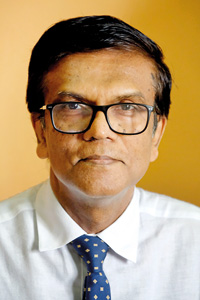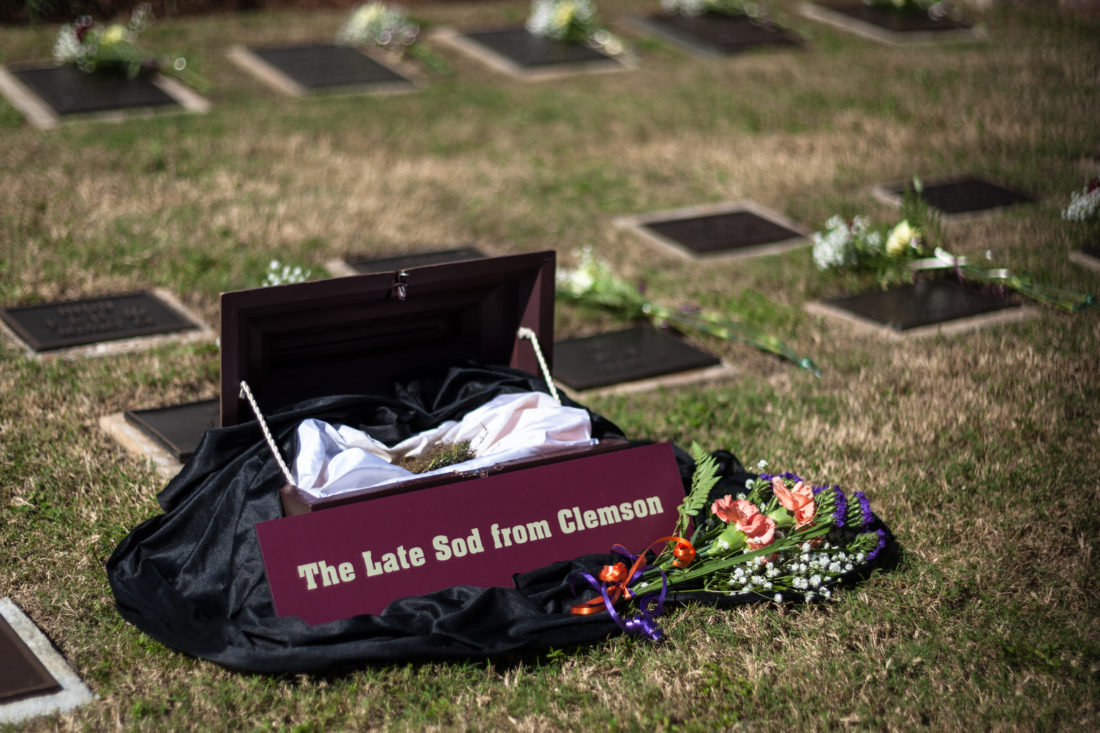amicitaacademy – The rivalry between Manchester United and Manchester City is one of the most intense and storied in English football. Rooted in a rich history that spans over a century, the Manchester Derby is not just a sporting contest; it embodies deep-seated local pride, class divisions, and the evolving landscape of football.
Historical Context
Manchester United, formed in 1878 as Newton Heath LYR Football Club, rose to prominence under the management of Sir Matt Busby in the 1950s and 60s, culminating in their historic European Cup win in 1968. Their global fan base grew significantly, bolstered by their dominance in English football throughout the late 20th century.
In contrast, Manchester City, established in 1880, struggled for much of the 20th century, despite notable successes like winning the FA Cup in 1904 and the league title in 1937. It wasn’t until the club was taken over by Abu Dhabi United Group in 2008 that City began to establish itself as a formidable force in English and European football, leading to renewed competitiveness against United.
The Derby Matches
The Manchester Derby is a fixture that fans circle on their calendars. The atmosphere is electric, with supporters from both sides passionately backing their teams. Historically, United has had the upper hand, but in recent years, City has enjoyed significant success, winning multiple Premier League titles and establishing themselves as a powerhouse.
Matchdays are marked by intense rivalries not just on the pitch but also in the stands. The chants, colors, and banners reflect the deep-rooted loyalty and rivalry. United fans often sing about their club’s history and successes, while City fans revel in their recent achievements and the rebranding of their club.
Fan Culture
The fan culture surrounding both clubs is vibrant and diverse, reflecting the working-class roots of Manchester. United fans, often seen as part of a global community, have a history of resilience, famously bouncing back after tragedies such as the Munich Air Disaster in 1958. Their songs and chants often pay homage to their club’s rich legacy and emphasize loyalty.
City fans, meanwhile, have experienced a renaissance in recent years. Once viewed as the “noisy neighbors,” their passionate support has grown in strength and number, especially with the club’s successes on the pitch. The emergence of a new generation of City supporters has brought a fresh, youthful energy to the fan culture, characterized by a mix of humor and pride.
Class and Identity
The rivalry is also steeped in social and class identities. United has long been associated with the working class and has cultivated a global image, while City, traditionally perceived as the club of the working man, has seen its identity shift with its newfound wealth. This has led to a complex relationship between the two sets of fans, often resulting in playful banter that sometimes turns contentious.
The Future of the Rivalry
As both clubs continue to evolve, the rivalry remains fierce. City’s recent successes have reignited competitive spirit among United supporters, who are eager to reclaim their status as the dominant force in Manchester. With both clubs investing heavily in talent and infrastructure, the future of the Manchester Derby promises to be as exciting and contentious as ever.
Conclusion
The rivalry between Manchester United and Manchester City is a rich tapestry of history, culture, and passion. It encapsulates not only the essence of football in Manchester but also the broader themes of identity, pride, and community. As the landscape of football continues to change, this rivalry will undoubtedly remain a focal point for fans, players, and the broader footballing world, showcasing the enduring power of sport to unite and divide.






